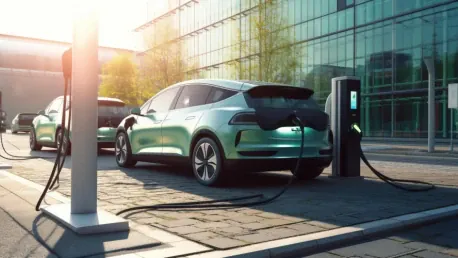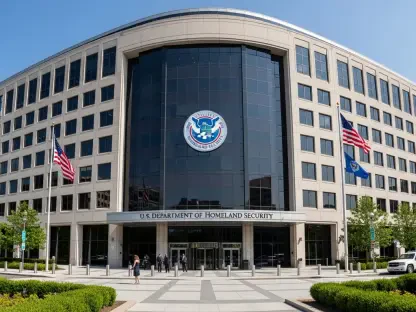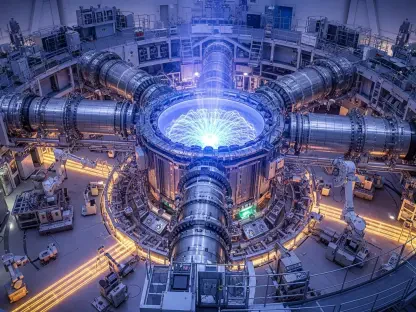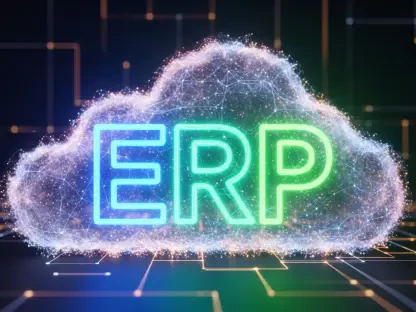Interior Alaska’s initiative to boost electric vehicle (EV) infrastructure has encountered a significant hurdle, causing concern among stakeholders and users alike. A recent policy shift by the Trump administration has placed a $5 billion federal program on hold, directly impacting Alaska’s plans to expand its EV charging network. This sudden change has left the region’s EV owners and planners scrambling to navigate the new landscape, seeking alternative solutions and grappling with the immediate ramifications on their existing plans.
Impact on Local EV Owners
For EV owners in the region, such as Kirby Hobley, the lack of sufficient charging infrastructure presents a considerable challenge, directly impacting their daily lives and commutes. Hobley frequently charges his electric Volvo at one of the few fast-charging stations in Fairbanks, situated in the Golden Valley Electric Association parking lot. Fast-charging stations are the preferred choice for EV users because they significantly reduce charging time compared to at-home chargers, which can take hours to replenish a vehicle’s battery. However, with about 150 other EV users relying on the same fast-charging outlet, the situation is far from ideal, often leading to long waits and added stress.
Existing infrastructure challenges notwithstanding, experts point out that even EVs powered by electricity generated from coal-fired power plants are generally more fuel-efficient and environmentally friendly compared to gasoline-powered vehicles. However, Hobley’s Volvo still generates some emissions since Fairbanks’ electric grid mainly relies on fossil fuels, highlighting the complex interplay between vehicle technology and energy sources. Despite this, many EV owners like Hobley remain committed to their electric vehicles, driven by the desire to reduce pollution and contribute to a greener future.
Growing Demand for EV Infrastructure
The need for a robust EV infrastructure in Alaska is underscored by the projected growth in EV demand, which poses an urgent call for action among stakeholders. According to the Alaska Energy Authority, the demand for electric vehicles is expected to increase by up to 60% annually, reflecting a statewide trend toward cleaner and more sustainable transportation options. While cities like Anchorage and Juneau have better infrastructure in place to support EVs, EV owners in Interior Alaska continue to struggle with the scarcity of fast-charging stations, making long-distance travel and daily commutes more challenging.
Platforms like PlugShare, an app akin to Yelp but for EV charging stations, have revealed user frustrations with the existing network of chargers between Fairbanks and Anchorage. Issues range from chargers being rendered inaccessible due to heavy snowfall to the necessity of downloading apps that are difficult to open because of poor cell phone coverage in some remote areas. This lack of reliable charging options can be a significant deterrent for potential EV buyers, hindering the adoption of electric vehicles in the region and slowing the pace of Alaska’s transition to cleaner energy.
Strategic Plans and Federal Funding Freeze
In response to the growing demand for EV infrastructure, the Alaska Energy Authority and the Fairbanks transportation planning organization had devised a strategy aimed at transforming the state’s EV landscape. Their plan to install nearly a hundred EV ports in Fairbanks and additional ones along the Parks and Richardson highways was anticipated to commence in the summer, backed by $52 million from the federal National Electric Vehicle Infrastructure (NEVI) program. This ambitious project aimed to alleviate the infrastructure challenges faced by EV owners and promote the wider adoption of electric vehicles across the state.
However, the Trump administration’s decision to review NEVI has halted all new projects, casting uncertainty over the future of the Fairbanks end of the undertaking. Jackson Fox, director of Fairbanks’ transportation organization, conveyed the ambiguity surrounding the possibility of federal reimbursements for the work already completed or planned. This sudden policy shift has left local authorities in limbo, awaiting further guidance from the Federal Highway Division office in Alaska, while the entire EV initiative hangs in the balance.
Stakeholder Resilience and Alternative Solutions
Despite this uncertainty, project stakeholders remain hopeful and undeterred, demonstrating resilience in the face of adversity. Tim Leach, deputy director of LaunchAlaska, a climate tech nonprofit engaged in the statewide EV project, emphasized the importance of modernizing Alaska’s infrastructure to keep pace with technological advancements and growing environmental concerns. He underscored the inherent interest in self-reliance among Alaskans and highlighted the necessity for publicly available EV charging infrastructure to provide consumers with a viable choice when considering sustainable transportation options.
Leach also noted that Alaskan EV owners have continued to save considerable amounts on fuel costs, stating that he personally saved around $1,300 annually. However, the federal funding freeze has undeniably left the Fairbanks charging station project in a state of limbo, with stakeholders scrambling to find alternative pathways to move forward. The dedication to advancing Alaska’s EV infrastructure remains steadfast, as stakeholders explore various avenues to ensure the project progresses despite the challenging circumstances.
Exploring Alternative Funding Sources
Jackson Fox remains optimistic about the future of the EV infrastructure initiative and is actively exploring alternative funding sources to ensure the project proceeds as planned. He expressed hopes of getting the initiative back on track by securing different funding sources, although he acknowledged the risks involved in pursuing this course of action. The urgency to adapt and press on despite federal funding uncertainties underscores the commitment of local authorities to enhance Alaska’s EV infrastructure and support the increasing number of electric vehicle owners in the state.
The initiative to identify locations in Fairbanks for the new chargers is also currently on hold due to the funding freeze. The Alaska Energy Authority acknowledged that the federal funding freeze has impacted its broader project to establish charging stations along the state’s road system and opted not to provide further comments at this juncture. Nevertheless, the pursuit of alternative solutions continues in earnest, as stakeholders remain dedicated to navigating the complexities introduced by the federal policy shift.
Adapting to Federal Policy Shifts
Interior Alaska’s push to enhance electric vehicle (EV) infrastructure has stumbled upon a major obstacle, alarming both stakeholders and users. A recent policy decision by the Trump administration has put a planned $5 billion federal initiative on hold, which directly affects Alaska’s EV charging network expansion plans. This unexpected policy shift has thrown the region’s EV owners and planners into a state of urgency, as they struggle to adapt to the new conditions. They are now searching for alternative solutions and dealing with the immediate consequences on their current plans, all while trying not to lose momentum in their efforts to advance the region’s EV infrastructure. This policy change reverberates widely, highlighting the delicate balance between governmental support and local initiatives in the realm of sustainable transportation. The impact of this hold is profound, prompting all involved to reassess their strategies and look for ways to continue their progress despite the new challenges.









